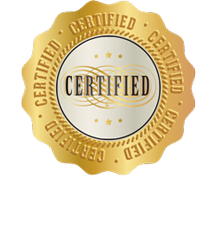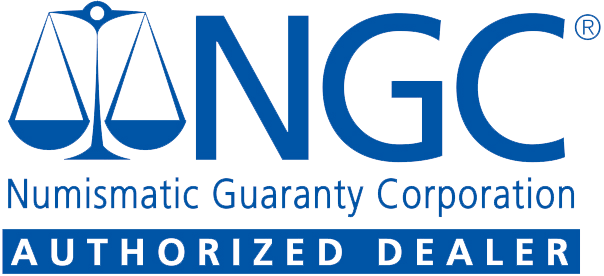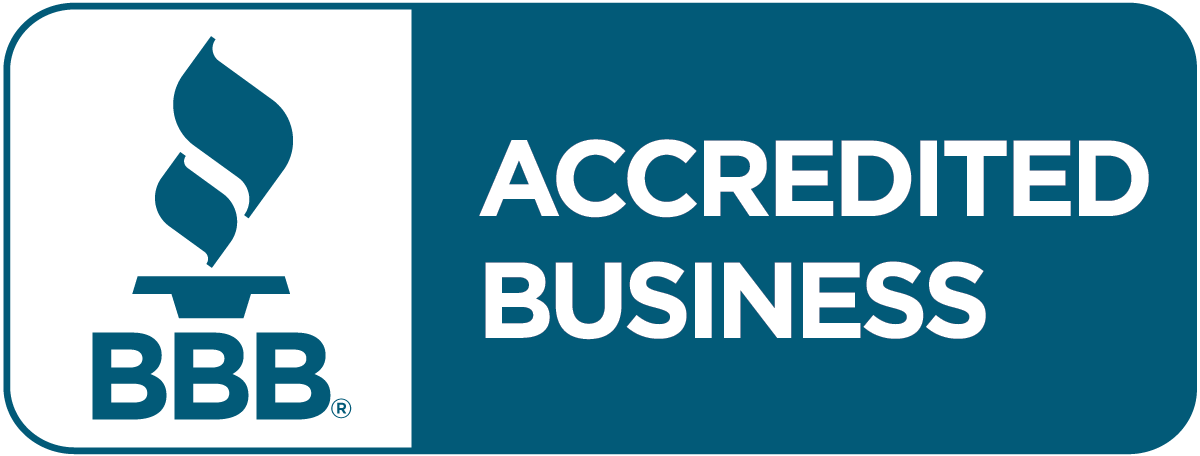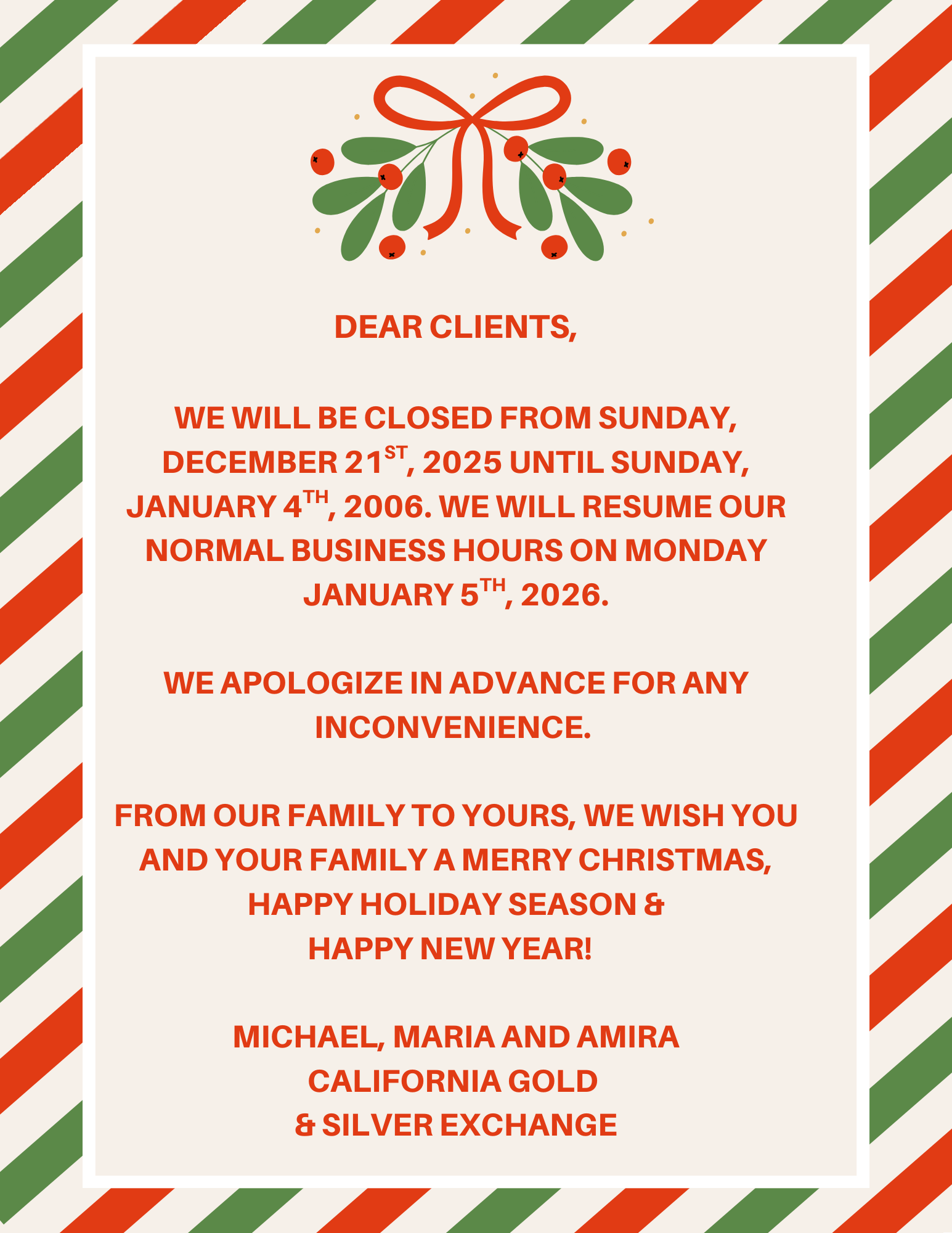We have received your message. If you indicated that you would like to make an appointment, we will reach out to you shortly.
When you sell gold to us, we will explain every step of the process to help you understand how selling gold works. With your XRF Precious metals Analyzer, we can test your gold to know exactly what purity your gold contains. This helps us assess your gold to give you the most when you sell.
Maximize your visit to California Gold & Silver Exchange
Whether you’re visiting us to sell gold, silver, coins, or other valuables—or you’re looking to purchase precious metals—you’ll want to make the most of your time with us. Here’s what you should know before stopping by.
1. Bring It All—We’ll Test It All
If you think it might have value, bring it in.
We encourage customers to bring multiple items during their visit. Whether it’s jewelry, coins, bullion, or even items you’re unsure about—our in-house experts will test everything using advanced, non-destructive technology like our XRF X-Ray Analyzer to ensure accuracy, transparency, and trust.
Even if you’re uncertain about the item’s composition or value, we’ll evaluate it for you with no obligation.
2. Review What We Buy (and What We Don’t)
To save time, we recommend checking our What We Buy page. Here’s a quick overview:
✅ Items We Commonly Buy:
- Gold, silver, and platinum jewelry (even broken pieces)
- Gold and silver bullion (coins and bars)
- Sterling silver flatware and serving pieces
- Rare and collectible coins
- Dental gold, class rings, and more
❌ Items We Don’t Buy:
- Gold-plated or costume jewelry
- Electronics, watches, or non-precious stones
- Items with no precious metal content
When in doubt—bring it in! We’re happy to give you a clear answer.
3. Selling to Us is Simple and Transparent
We’ve made the selling process quick, honest, and straightforward. Here’s how it works:
- Bring in your items – no appointment necessary.
- We test everything in front of you, using our XRF Analyzer for fast and accurate readings.
- We make you a real-time offer based on current market prices.
- If you accept, you get paid on the spot.
Learn more: How Selling Works
4. How We’re Different from “The Other Guys”
Not all gold buyers are created equal. At California Gold & Silver Exchange:
- No pressure, no gimmicks.
- Transparent testing, done right in front of you.
- Real-time spot pricing, not flat-rate pricing.
- We don’t lowball—we believe in fair, honest payouts.
Compare us directly: Why We’re Different
5. Thinking About Buying? Here’s What to Know
We offer a wide variety of investment-grade precious metals and rare coins.
Whether you’re starting your precious metals portfolio or adding to it, we carry:
- Gold and silver bullion (American Eagles, Maple Leafs, bars, and more)
- Collectible and numismatic coins
- Fractional gold, platinum, and more
Explore our current inventory: What We Sell
Need help choosing? Our knowledgeable staff will guide you based on your budget, goals, and interests.
6. FAQs: Get Answers Before You Visit
You’ll find helpful information about buying and selling on our FAQ pages:
Find answers to questions like:
- What forms of ID do I need?
- How is the value of my gold calculated?
- Can I buy small or large quantities?
7. Read This First – A Message from Us
Before your visit, we invite you to read this quick message from our team. It outlines our values:
✔ Transparency
✔ Respect
✔ Fair Pricing
✔ Customer-first service
Make it a Road Trip? If you’re driving a fair distance to come to our store, which many people do, why not make a day out of it?
Stop In and See the Difference
We’re here to help you get the best value—whether you’re buying, selling, or simply curious. Walk in with confidence, and walk out knowing you got an honest deal.
Visit us today at California Gold & Silver Exchange in Upland, CA. No appointment necessary. Have questions before you arrive? Give us a call—we’re happy to help.
While politics can be a divisive issue, we understand everyone’s perspective is valid and is shaped by deeply personal factors. But one thing is certain: For decades, our clientele has been dominated by conservative investors, attracted to gold for its independence from government influence and its reliability as a hedge against inflation.
But something interesting is happening in today’s precious metals market. A more politically diverse group of investors is entering the gold space, including a growing number of liberal and progressive investors who previously might have overlooked physical precious metals in favor of stocks, bonds, or alternative investments.
So what’s driving this shift? Why are more Democrats now buying gold, and what does this mean for the broader precious metals market?
A Historical Trend: Why Conservatives Traditionally Invest in Gold
To understand today’s changing dynamics, it’s worth examining gold’s traditional investor base. Conservative investors have long been drawn to precious metals for reasons that align closely with their core financial values.
Gold represents financial independence—it’s an asset that exists outside the traditional banking system and government control. For investors who value self-reliance and are skeptical of fiat currency, gold provides a tangible alternative that has maintained value for thousands of years.
Conservative investors have also historically used gold as a hedge against what they perceive as fiscal irresponsibility. Whether concerned about mounting national debt, expansive monetary policy, or the long-term effects of government spending, gold has served as insurance against currency debasement and inflation.
This appeal extends beyond pure economics. Gold represents a return to sound money principles, offering stability in an era of digital currencies and complex financial instruments that many traditional investors view with suspicion.
Do Liberals Buy Bullion? Changing Trends in the Modern Market
The short answer is yes—and increasingly so. While precious metals have traditionally skewed conservative, a new wave of Democrat and left-leaning investors are entering the gold market with their own compelling reasons.
This shift reflects several converging factors that transcend traditional political boundaries. Economic volatility over the past few years has affected investors regardless of their political affiliation. The pandemic-era market swings, followed by persistent inflation concerns, have prompted many progressive investors to reconsider their portfolio allocation.
Rising inflation has been particularly influential. Democrats who have watched their purchasing power erode despite strong stock market performance are discovering what conservative investors have long known: gold can serve as an effective hedge against currency debasement.
There’s also growing distrust in traditional financial institutions across the political spectrum. While conservatives have long been skeptical of big banks, many progressives now share similar concerns about Wall Street’s role in wealth inequality and market manipulation. For these investors, gold represents a way to store wealth outside of systems they view as fundamentally unfair or risky.
Perhaps most interestingly, many socially-conscious investors are finding that gold fits well within diversified portfolios that already include ESG investments and cryptocurrency. Tech-savvy millennials and Gen Z investors who grew up with digital assets are surprisingly comfortable with the concept of alternative stores of value—including physical precious metals.
Stats: Who Actually Buys Gold? A Look at Investor Demographics
Recent polling data reveals fascinating insights about gold ownership across political lines. While comprehensive demographic breakdowns by political affiliation remain limited, available data suggests the precious metals market is more diverse than many assume.
Gallup polling has shown that gold ownership spans all political affiliations, with variations more closely tied to age and income than partisan identity. Younger investors, regardless of political leaning, show increasing interest in alternative assets including both cryptocurrency and precious metals.
Geographic patterns also tell an interesting story. While rural and inland areas have traditionally shown higher gold ownership rates, coastal urban areas—typically more Democratic—are seeing increased precious metals investment. This reflects the growing sophistication of urban investors who are incorporating gold into diversified portfolios.
Income demographics reveal that gold ownership increases with wealth across all political affiliations. However, the entry point for gold investment has become more accessible, with fractional ownership options and lower minimum purchases attracting a broader range of investors.
The most significant trend is generational. Millennials and Gen Z investors, who lean more Democratic than previous generations, are driving much of the growth in alternative asset classes, including precious metals.
Economic Uncertainty: Why Democrats Are Increasingly Turning to Gold Today
Several specific factors are driving increased Democratic interest in gold investment:
Post-Pandemic Economic Concerns: The massive fiscal and monetary response to COVID-19 has created concerns about long-term inflation and currency stability that transcend political boundaries. Democrats who supported necessary pandemic relief measures are nonetheless concerned about the long-term economic consequences.
Environmental and Economic Instability: Climate change and environmental concerns are creating new types of economic uncertainty. Progressive investors are recognizing that physical assets like gold may provide stability in an era of increasing environmental and social volatility.
Portfolio Diversification Beyond Tech: Many Democratic investors have historically favored technology stocks and growth investments. However, recent tech sector volatility has prompted broader diversification strategies that include precious metals alongside renewable energy and ESG investments.
Cryptocurrency Integration: Interestingly, many progressive investors who embraced cryptocurrency are finding that gold complements their digital asset holdings. Both represent alternatives to traditional fiat currency, and many investors now hold both as hedges against different types of systemic risk.
Disillusionment with Traditional Finance: Growing awareness of wealth inequality and systemic financial risks has led many Democrats to seek alternatives to traditional banking and investment products. Gold represents a way to store wealth outside of systems they may view as problematic.
Common Ground: What All Gold Investors Value
Despite different motivations, investors across the political spectrum share fundamental reasons for choosing precious metals:
Wealth Preservation: Whether concerned about government overreach or corporate malfeasance, all gold investors share a desire to protect their wealth from systemic risks.
Portfolio Diversification: Modern portfolio theory applies regardless of political affiliation. Gold’s low correlation with stocks and bonds makes it valuable for any investor seeking to reduce overall portfolio risk.
Tangible Assets: In an increasingly digital world, there’s growing appeal across political lines for assets you can physically hold. This desire for tangibility spans from conservative preppers to progressive investors skeptical of digital financial systems.
Uncertainty Hedge: Political and economic uncertainty affects everyone. Gold serves as insurance against various types of systemic risk, from currency collapse to geopolitical instability.
Independence: Whether seeking independence from big government or big corporations, gold offers a way to store value outside of traditional systems.
How to Get Started: What Every First-Time Gold Buyer Should Know
For investors new to precious metals, regardless of political affiliation, several key principles apply:
Start with Reputable Dealers: Work with established, local precious metals dealers who can provide education, fair pricing, and ongoing support. Local dealers like California Gold & Silver Exchange offer the advantage of face-to-face relationships and community accountability.
Understand Your Options: Physical gold comes in various forms—coins, bars, and rounds—each with different premiums, liquidity characteristics, and storage requirements. Government-minted coins like American Eagles offer high liquidity and recognition, while bars may offer lower premiums for larger purchases.
Plan for Storage: Physical precious metals require secure storage. Options range from home safes to bank safety deposit boxes to professional storage facilities. Consider your comfort level, insurance needs, and accessibility requirements.
Start Small and Learn: Begin with a modest allocation—many advisors suggest 5-10% of a portfolio—and increase your knowledge and holdings over time. This allows you to understand the market dynamics without overcommitting.
Verify Authenticity: Learn to identify authentic precious metals and work with dealers who provide proper documentation and guarantees. Counterfeit precious metals are a real concern in today’s market.
Consider Dollar-Cost Averaging: Like any investment, precious metals prices fluctuate. Regular, smaller purchases can help smooth out price volatility over time.
Conclusion
The growing political diversity in precious metals investment reflects a maturing market and changing economic realities. While conservatives have long understood gold’s value as a hedge against government overreach and currency debasement, progressives are now discovering their own compelling reasons for precious metals ownership.
Whether motivated by inflation concerns, portfolio diversification, environmental uncertainty, or skepticism toward traditional financial systems, investors across the political spectrum are finding common ground in gold’s fundamental value proposition: preserving wealth in uncertain times.
This convergence suggests that precious metals investment is evolving from a politically-tinged decision to a mainstream financial strategy. As economic uncertainty continues and traditional investment approaches face new challenges, gold’s appeal as a non-partisan safe haven is likely to grow.
For investors considering precious metals for the first time, the key is education and working with reputable dealers who can provide guidance regardless of your political perspective. In an era of increasing polarization, gold remains one of the few assets that offers value to investors across the entire political spectrum.
The question isn’t whether you’re liberal or conservative—it’s whether you’re prepared for economic uncertainty. And increasingly, Americans of all political stripes are finding that gold provides an answer.
Sometimes, a difficult financial situation may force you to sell gold or silver as a means to generate quick cash. It could be embarrassing if all your neighbors were gossiping about your misfortune. In another scenario, a nosy person who hears about your recent acquisition of precious metals may share the information with the wrong person – possibly even a criminal.
Selling gold and silver can be both a valuable and rewarding process. However, for many individuals, handling such transactions discreetly is of utmost importance. It’s not just about finding the right dealer or ensuring fair pricing; it’s also about protecting your privacy, maintaining security, and safeguarding your legal interests.
This blog will explore why discretion plays such a critical role in selling precious metals. From avoiding unnecessary attention to ensuring compliance with legal requirements, we’ll cover the key reasons to prioritize privacy and how California Gold & Silver Exchange can be a trusted partner in this process.
Nosy Neighbors and Traveling for Privacy
When it comes to gold and silver transactions, everyone values their privacy differently. While some feel comfortable conducting precious metal sales in their local area, others prefer to avoid potential encounters with acquaintances, colleagues, or even friends. Why? Because these transactions can draw unnecessary attention from curious neighbors or individuals who may misuse the information about your assets.
If you value privacy above all else, it may be worth considering an extra step of traveling to another town to complete your sale. Not only does this reduce the likelihood of being recognized, but it also helps protect you from unsolicited advice or judgment about your financial decisions. After all, keeping your financial matters private is a choice worth making.
Tip: Always verify the reputation of the dealer you plan to visit, especially if you’re venturing out of your local area.
RELATED: Making the Most of Your Road Trip To See Us
Privacy Concerns for Sellers
Financial matters are deeply personal, and selling gold and silver is no exception. Being upfront about such transactions in public or with unchecked third parties can lead to several potential risks, including exposure to those who shouldn’t have information about your assets or dealings.
Discretion ensures that your business remains your own, providing peace of mind knowing that your personal financial decisions are confidential. Whether you’re working with a dealer online or in person, it’s essential to inquire how your data will be stored and who will have access to it.
Key Benefit:
- Your financial dealings remain private, shielding you from unwanted attention or misuse of sensitive information.
Security and Theft Prevention
Public knowledge of a transaction involving gold or silver can lead to significant security risks. When others become aware of your dealings, you may inadvertently make yourself a target for theft or burglary.
A reputable and discreet precious metals dealer operates with your security in mind. From private meeting rooms to secure communication practices, safeguarding your transaction details ensures that only you and the necessary parties are involved.
How Discretion Helps:
- Minimizes risk by reducing public awareness of your sale.
- Keeps your assets protected, even post-transaction.
For optimal security, always choose dealers with clear privacy protocols to ensure a smooth and safe experience.
Identity Protection
Selling gold and silver typically involves sharing personal identification information to comply with regulations. However, over-sharing can expose sellers to risks like identity theft or fraud if the process isn’t handled securely.
Working with a trusted dealer that values discretion ensures that you only share the necessary information. A professional will request just what is needed for legal compliance while protecting you from harvesting or misuse of that data.
Pro Tip:
- Always ask your dealer about their data security practices and how your documents are stored or disposed of after the transaction.
Legal and Tax Considerations
Many sellers wonder if selling gold anonymously is both possible and smart. While discretion is vital, anonymity should never replace transparency with legal and tax obligations. Financial laws, such as IRS reporting thresholds and anti-money laundering (AML) rules, require precise reporting for transactions over specific limits.
A trustworthy dealer ensures proper compliance while keeping your information confidential. Their in-depth understanding of local and federal regulations allows them to guide you through the process without exposing you to unnecessary risk.
Why Proper Reporting Matters:
- Avoid legal disputes or financial penalties down the line.
- Gain confidence in knowing you’re fully compliant with all regulations.
Remember, an ethical approach to selling precious metals doesn’t compromise on discretion.
Trust and Comfort in Transactions
Selling gold and silver can feel daunting, especially for first-time sellers. Establishing a relationship with a reputed dealer who values your privacy builds trust and offers comfort throughout the transaction process.
From confidential consultations to secure handling of your valuables, a professional approach bolsters confidence in the service while ensuring that every detail is managed discreetly. At California Gold & Silver Exchange, this is the foundation of our customer experience.
What to Look For in a Dealer:
- A strong track record of client trust and positive reviews.
- Clear policies that prioritize confidentiality in every interaction.
Collaborating with a dealer who values discretion eliminates the stress and uncertainty often associated with such transactions.
Safeguarding Against Risks with Discreet Gold Transactions
Maintaining privacy in precious metals sales protects not only your personal information but also your physical safety. Discretion discourages criminal activity while ensuring compliance with legislation tailored for such transactions.
Still, it’s crucial to understand that anonymous transactions without proper documentation may expose sellers to legal complications. Partnering with a reputable dealer eliminates these challenges, offering a solution rooted in both trust and professionalism.
Why Choose Discreet Transactions:
- Enhanced personal security.
- Peace of mind knowing you’re legally protected.
- Partnerships with ethical buyers who respect your privacy.
At California Gold & Silver Exchange, we specialize in balancing discretion with transparency, helping every client sell their assets confidently and securely.
Take the Next Step with California Gold and Silver Exchange
Selling gold and silver doesn’t have to be a risky or stressful experience. By prioritizing discretion, you’re taking necessary steps to protect your privacy, meet legal requirements, and ensure your security, all while maintaining control over your financial dealings.
At California Gold & Silver Exchange, we pride ourselves on offering a professional, trustworthy, and confidential experience for every client. Whether you’re selling a small piece of antique jewelry or liquidating a portion of your investment, our experts are here to support you through every step of the process.
Visit us today or reach out to learn how we can help you sell your precious metals with confidence.










